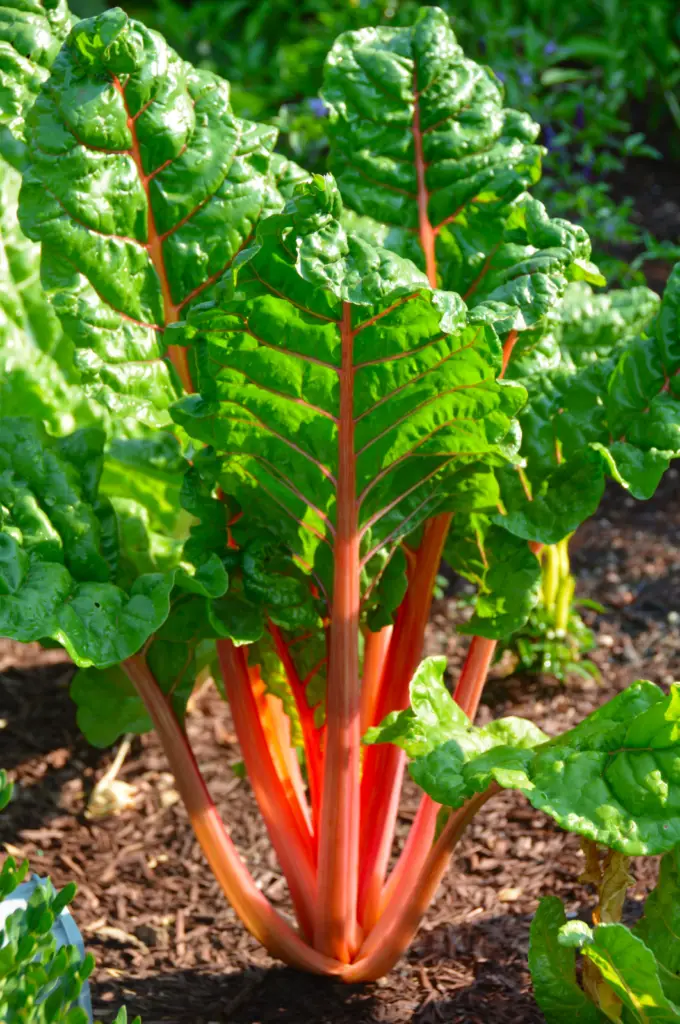Growing rhubarb is a delightful endeavor that rewards gardeners with a tart and tangy perennial vegetable. While rhubarb is traditionally grown outdoors, it is indeed possible to cultivate this versatile plant indoors, providing an opportunity for urban gardeners or those with limited outdoor space. Indoor cultivation of rhubarb allows for year-round harvests and provides a beautiful addition to any indoor garden. In this article, we will explore the essential steps, requirements, and techniques for successfully growing rhubarb indoors, ensuring a bountiful harvest and a thriving plant.
Table of Contents
Choosing the Right Variety
Before embarking on your indoor rhubarb-growing journey, it is essential to select a rhubarb variety suitable for indoor cultivation. While many varieties are adapted to outdoor growth, some exhibit characteristics better suited for growing indoors. Varieties such as ‘Victoria’ and ‘Glaskins Perpetual’ are known for their compact growth habits, making them ideal for indoor environments. These varieties are often marketed as suitable for forcing or early indoor harvests.
Selecting the Ideal Container and Location
Selecting the appropriate container is crucial when growing rhubarb indoors. Choose a container with a capacity of at least 20-30 liters, allowing ample space for the plant’s extensive root system. Ensure the container has proper drainage holes to prevent waterlogging.
Place the container in a location that receives a minimum of six hours of direct sunlight daily. South-facing windowsills or well-lit areas near windows are ideal for indoor rhubarb cultivation. Alternatively, you can supplement natural light with grow lights to provide the necessary light intensity.
Creating the Optimal Growing Environment
Rhubarb thrives in a cool environment, similar to its outdoor requirements. Maintain a temperature range of 50-75°F (10-24°C) to ensure the plant’s optimal growth. Consider using a fan to mimic outdoor air circulation and reduce the risk of diseases caused by stagnant air.
Provide your rhubarb plant with well-draining soil rich in organic matter. A mixture of potting soil and compost works well, ensuring proper drainage while retaining moisture. Avoid using heavy clay-based soil, as it may impede root development.
Planting and Care
When planting rhubarb indoors, start with healthy crowns or divisions from a reputable source. Choose crowns with multiple buds to encourage vigorous growth. Begin by partially filling the container with prepared soil, then place the crown with the buds facing upwards. Cover the crown with soil, leaving the buds just above the surface.
Water the plant thoroughly after planting and ensure the soil remains evenly moist but not waterlogged. Rhubarb plants require consistent watering, especially during warmer months. Avoid overwatering, as it can lead to root rot.
Fertilise the plant with a balanced, slow-release fertilizer or compost once every four to six weeks during the growing season. Adequate nutrition will support healthy foliage and root development.


Harvesting and Winter Dormancy
Rhubarb plants typically require a period of winter dormancy to rejuvenate for the next growing season. To induce dormancy, gradually reduce watering in late autumn as the foliage begins to die back. Cut back any remaining foliage to a few inches or centimetres above the crown.
Once your rhubarb plant has experienced a sufficient dormancy period, you can initiate early indoor harvests. Allow the plant to develop for at least one year before harvesting, ensuring a robust root system. Harvest stalks by gently pulling or cutting them near the base. Always leave a few stalks intact to allow the plant to continue photosynthesising.
Conclusion
Growing rhubarb indoors provides an exciting opportunity for year-round cultivation and the joy of harvesting this unique vegetable within the comfort of your home. By selecting the right variety, providing suitable containers and locations, creating an optimal growing environment, and following proper planting and care techniques, you can successfully grow rhubarb indoors. Remember to provide ample sunlight, maintain proper temperatures, and keep the soil well-drained and moist. With patience and care, you’ll be rewarded with delicious and nutritious rhubarb stalks that can be used in a variety of culinary delights. Happy indoor rhubarb growing!


Do Rhubarb Plants Need Full Sun - Back Gardener
Thursday 16th of May 2024
[…] the necessary light spectrum and intensity. Another option is to place the rhubarb plants near a south-facing window, which can provide direct sunlight for several hours a day. It’s essential to note that even […]